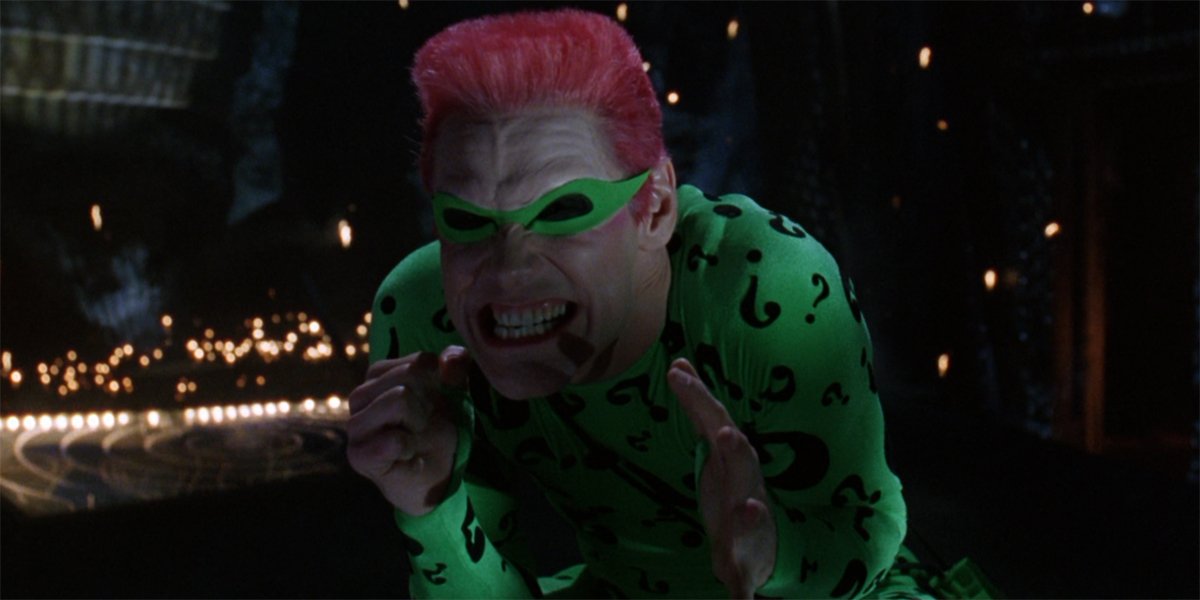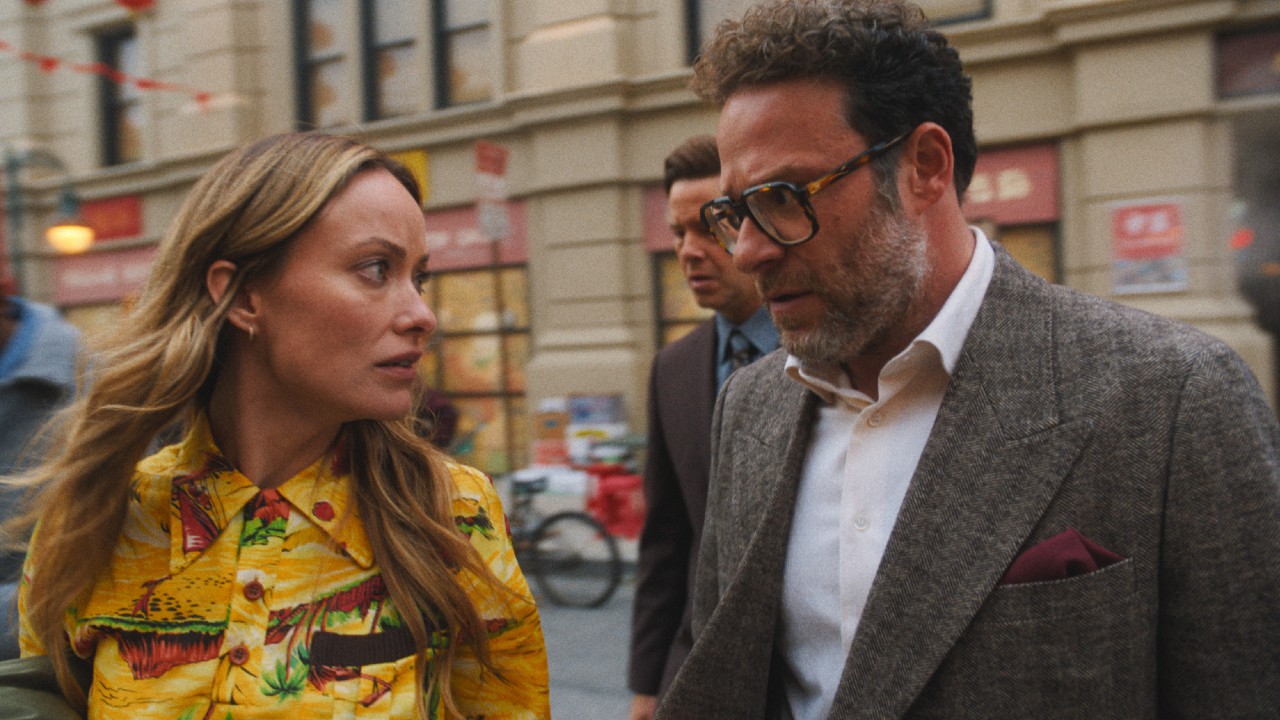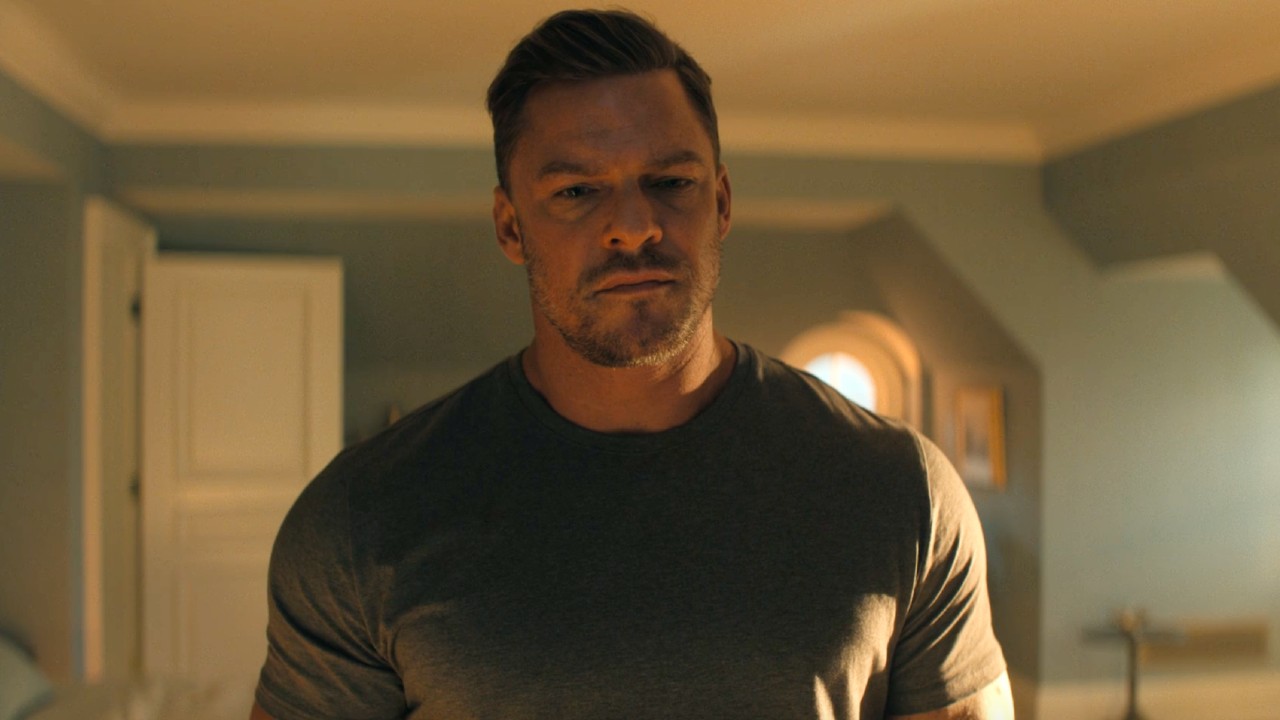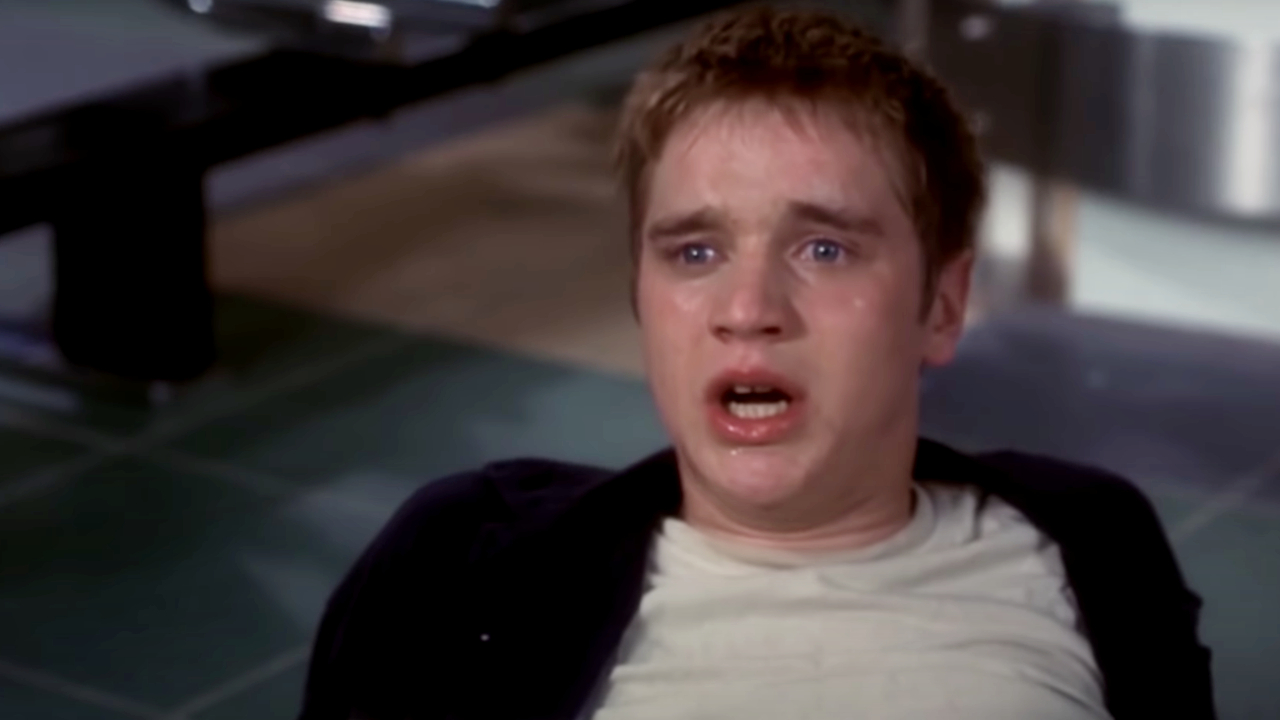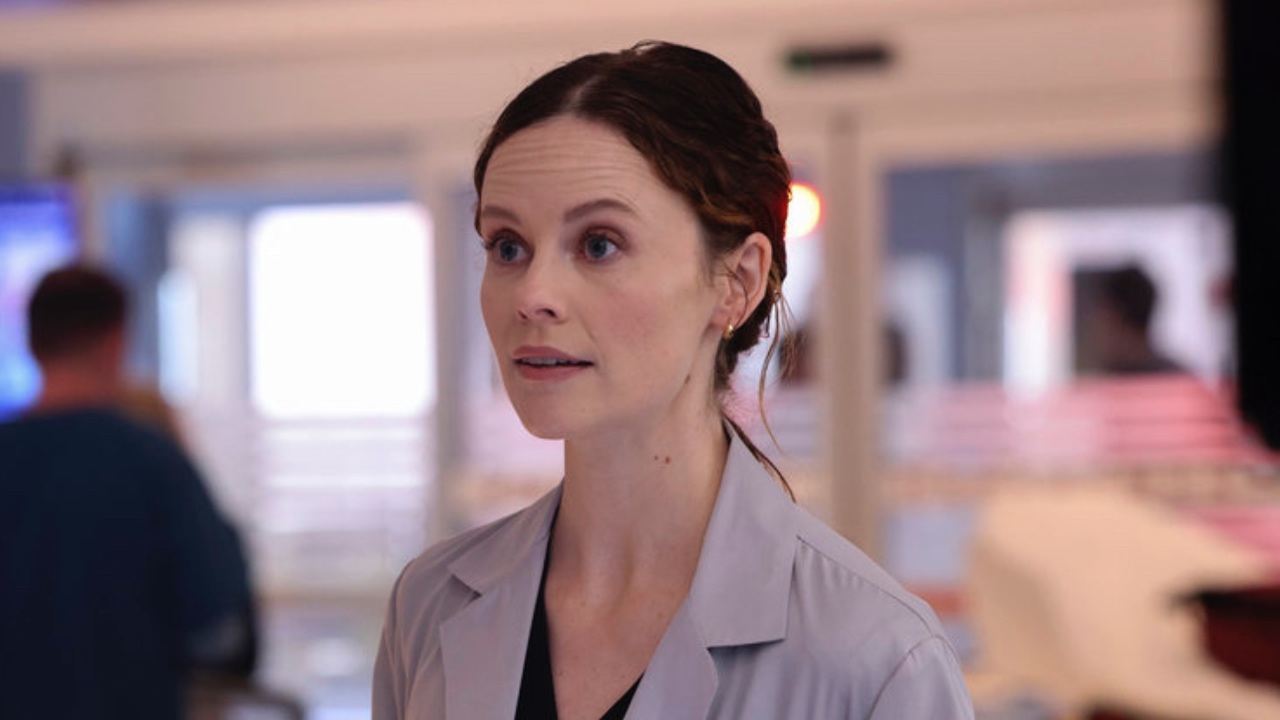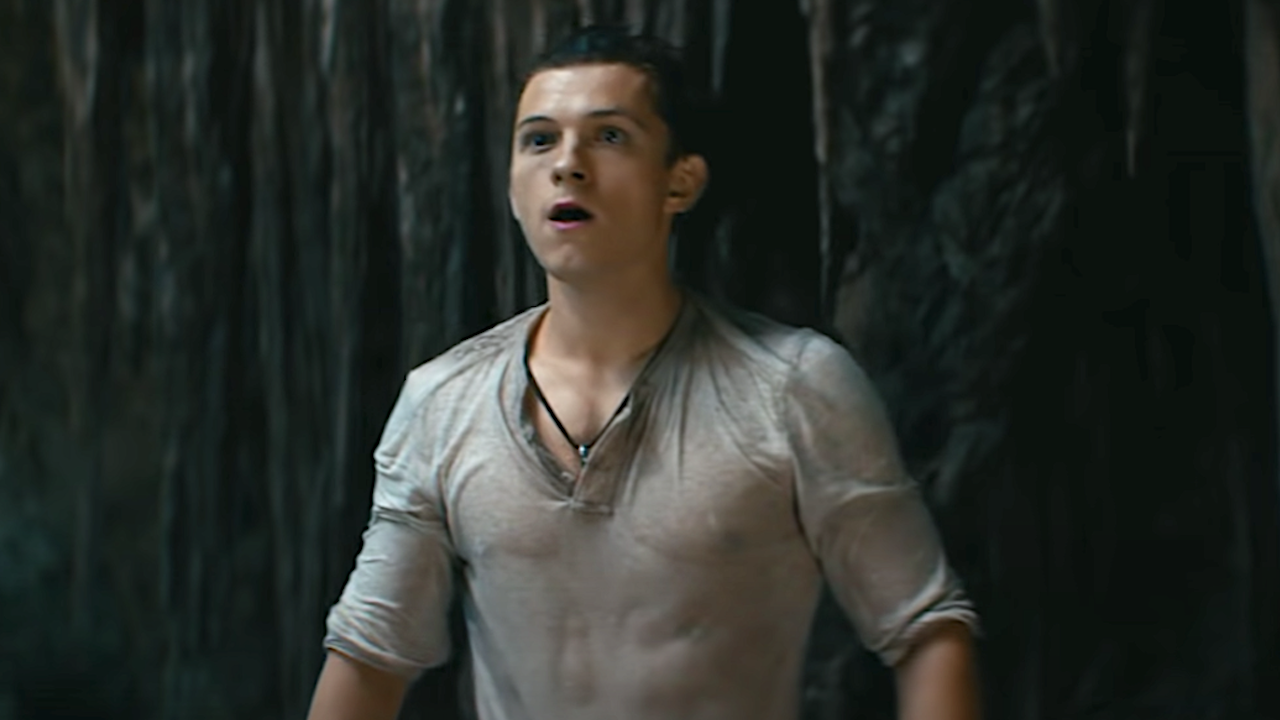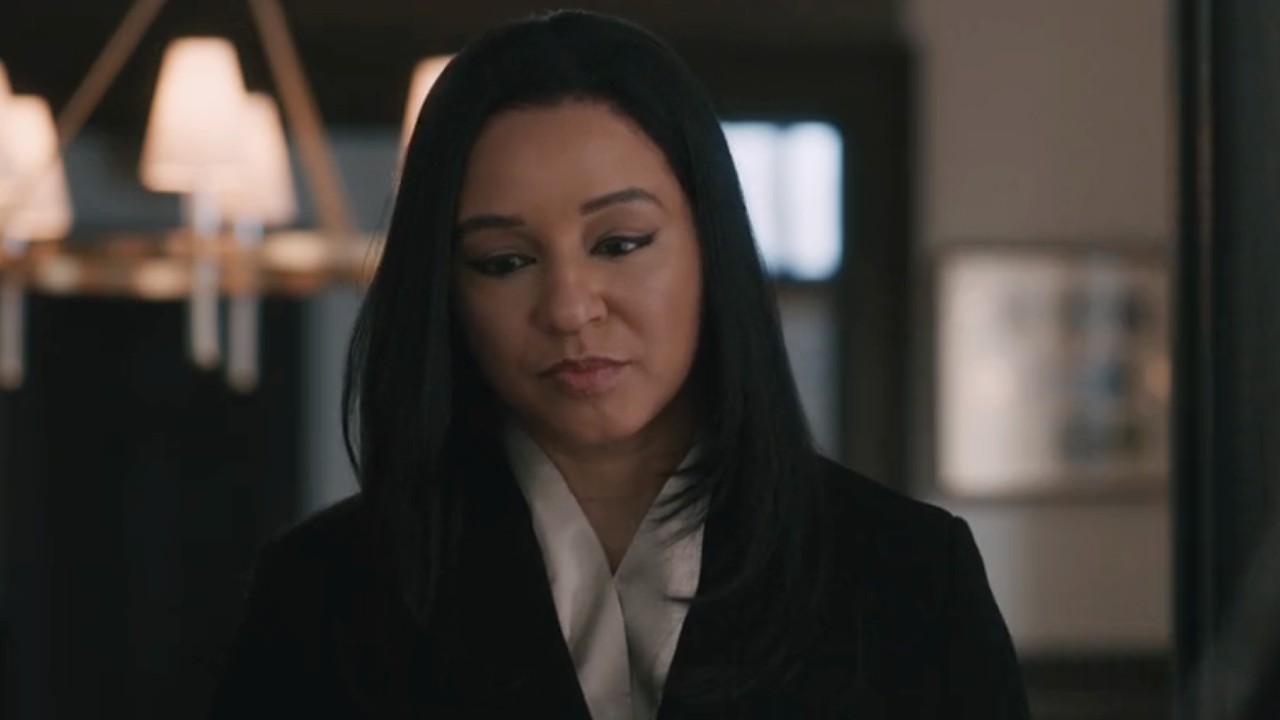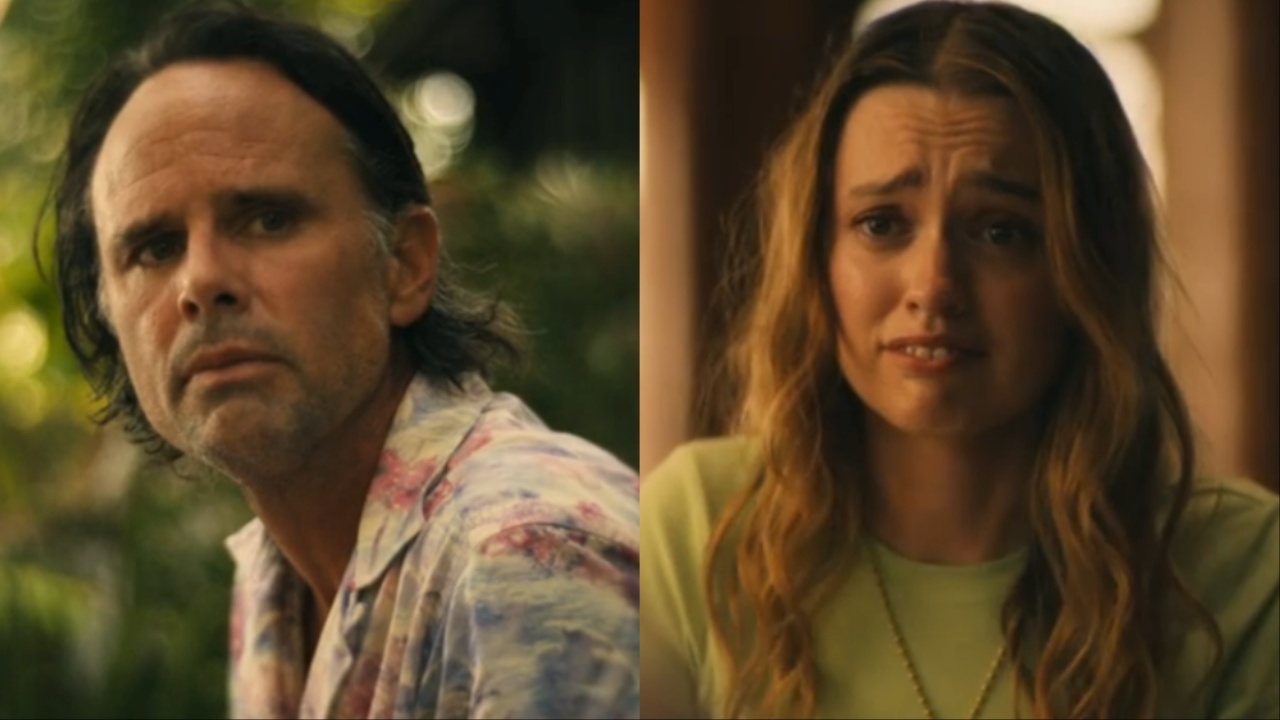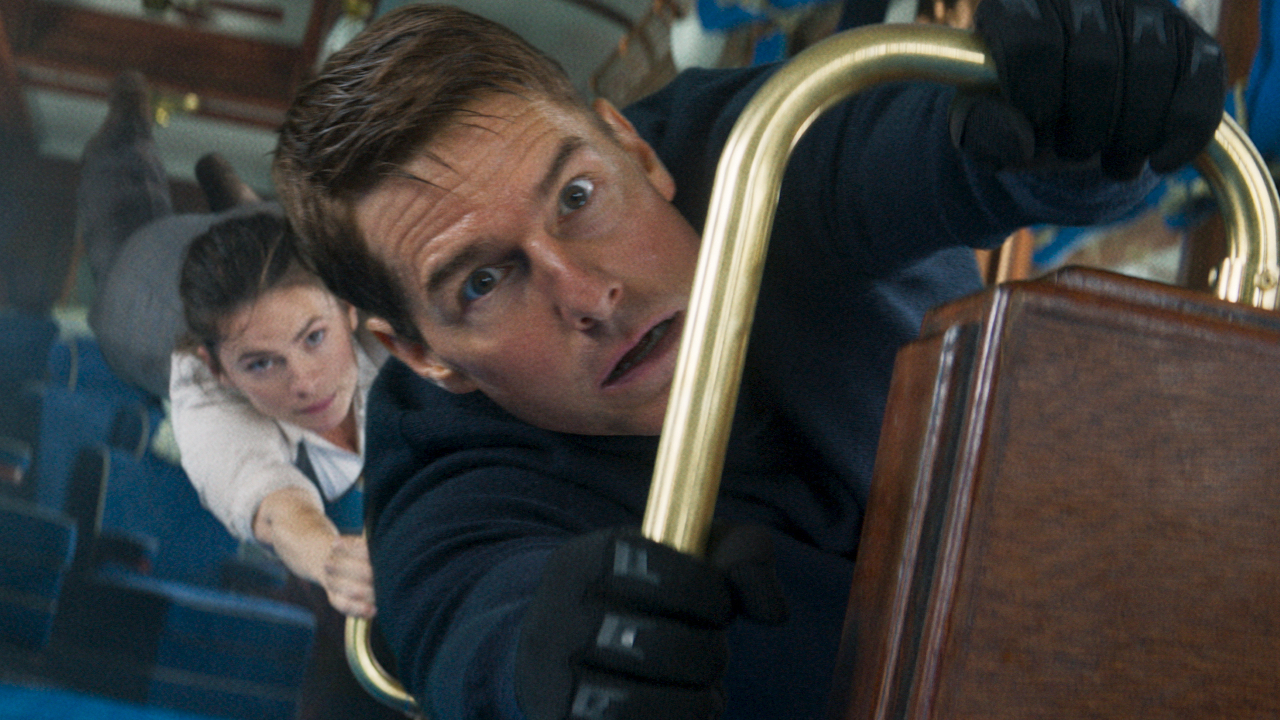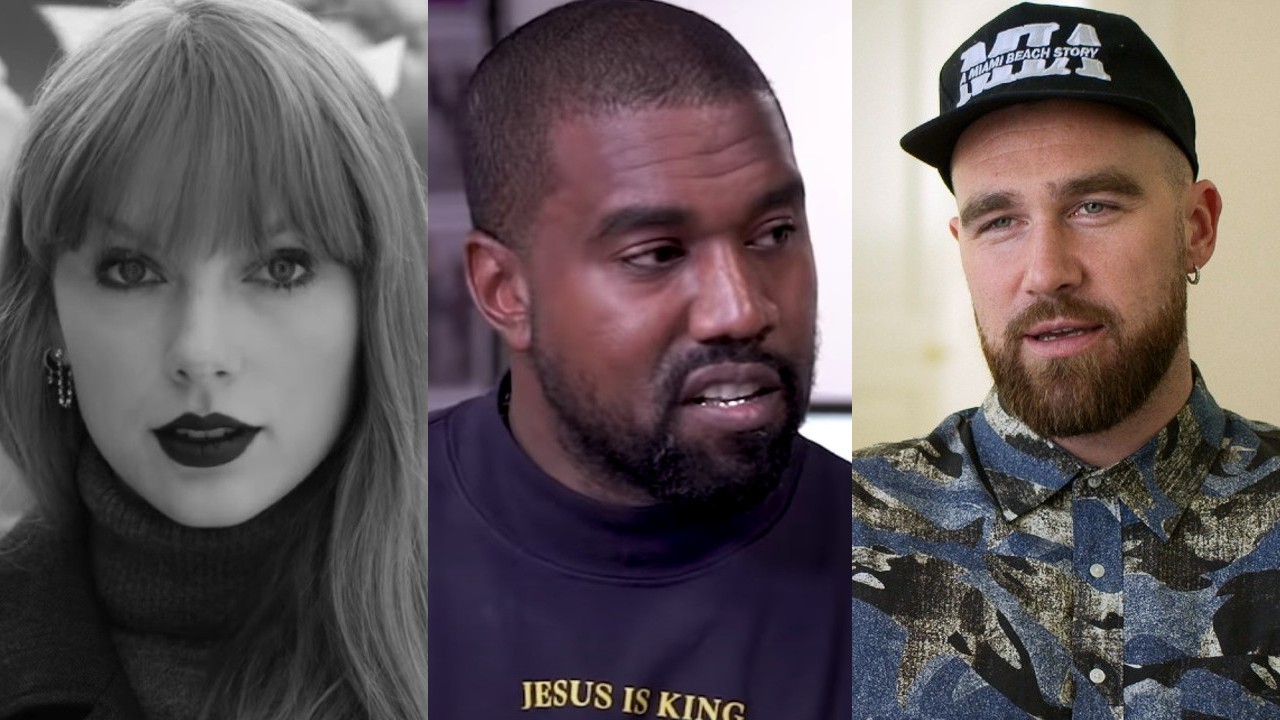6 Ways Batman Forever Was Ahead of The Curve

When legendary director/sass machine Joel Schumacher passed away, a lot of attention was paid to the fact that the man directed two of the most colorful and bombastic Batman movies to ever grace multiplexes. But what most people seem to have forgotten is that if you rewatch 1995’s Batman Forever with a keen enough eye, there are some pretty nifty elements that really put that entry in the Bat-Canon ahead of the curve.
It’s kind of crazy how a superhero blockbuster called some of the shots we’d see in entertainment and technology, and even how we’d see the character of Batman depicted in the future. In honor of the late Mr. Schumacher, as well as the movie recently celebrating its 25th anniversary, we’re going to look back on how Batman Forever just might truly live up to its own name.
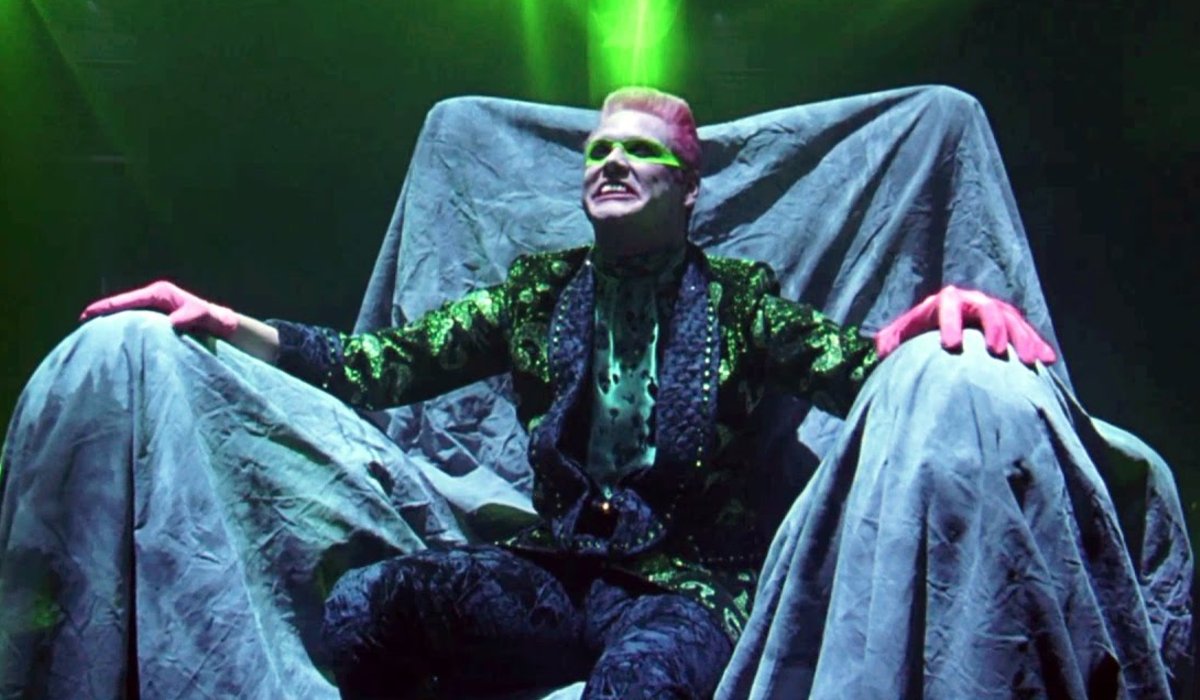
The Riddler’s Plan Predicted 3D TV And Internet Privacy Issues
At the heart of Batman Forever’s adventures in villainy, Edward Nygma (Jim Carrey) wants to get into everyone’s heads and learn their deepest, darkest secrets. He does so with the aid of a set-top TV box that beams 3D signals directly into the minds of those that purchase it, which allows the viewer to get a truly 3D experience, and gives The Riddler his daily dose of Gotham City’s “credit card numbers, bank codes, sexual fantasies and little white lies.” Right there, Batman Forever has pegged out a future technology, as well as a societal woe we’ve experienced in the recent past.
While 3D TVs came and went, they were indeed a thing for a small window in time; though we used glasses instead of brain beams to absorb that visual candy. But the privacy issues that NygmaTech boxes posed are things that the age of the internet and social media keep fresh in everyone’s minds to this very day. The means of obtaining them are outlandish, but the fears are pretty grounded for a Batman villain.
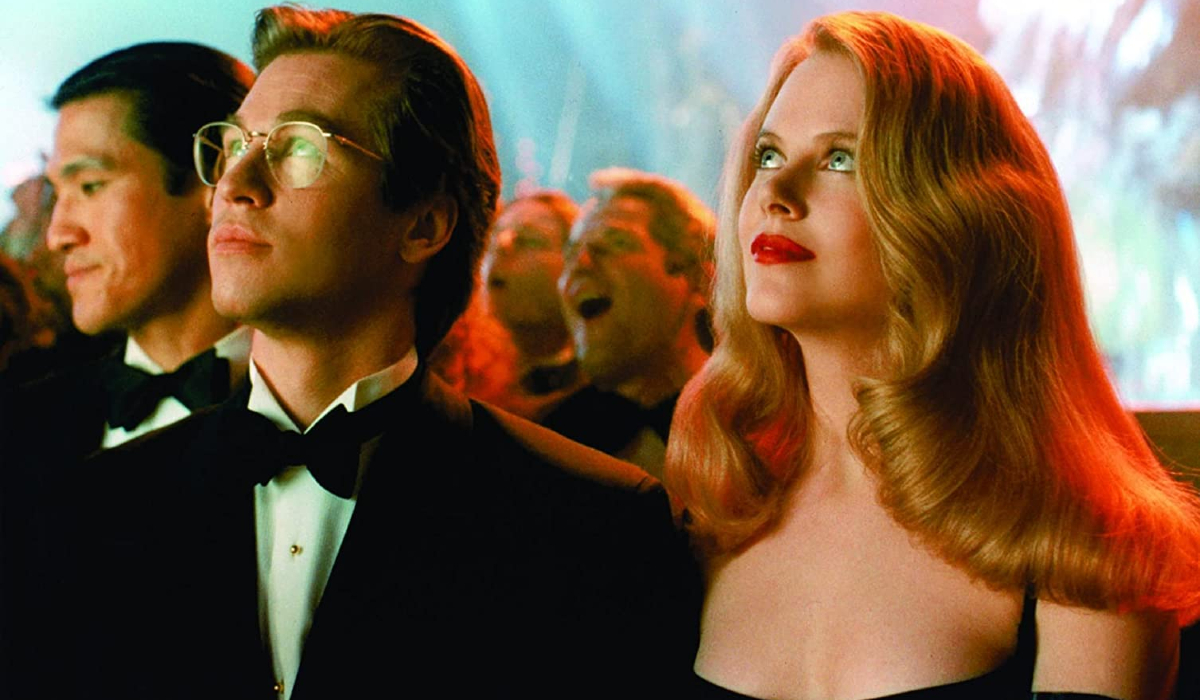
Batman Forever Proved Bruce Wayne Could Be In Love, And Not Have To Quit His Night Job
Val Kilmer’s portrayal of Bruce Wayne and Batman in Batman Forever is a pretty spectacular performance involving both halves of this iconic hero’s psyche. What was even more impressive is that the script, written by Lee Batchler, Janet Scott Batchler and Akiva Goldsman, delves into the mind of the man who swore to protect Gotham, and presented him with his greatest challenge yet: finding a girlfriend who could compliment his nocturnal lifestyle of vigilantism. Nicole Kidman’s Dr. Chase Merdian was the character that proved not only could Bruce Wayne have a girlfriend, but his role as Batman wouldn’t get in the way of that relationship.
A psychologist who consulted with the Gotham City PD, we see Dr. Meridian slyly tell Bruce “don’t work too late” at the end of Batman Forever, hinting that not only does she totally remember Bruce Wayne is Batman, but she’s cool with it. For once, the millionaire and his heroic alter ego could co-exist, without having to sacrifice duty or personal life. If only they’d kept Dr. Meridian around for a sequel that gave her character her proper due, we could have seen this point drawn a bit finer.
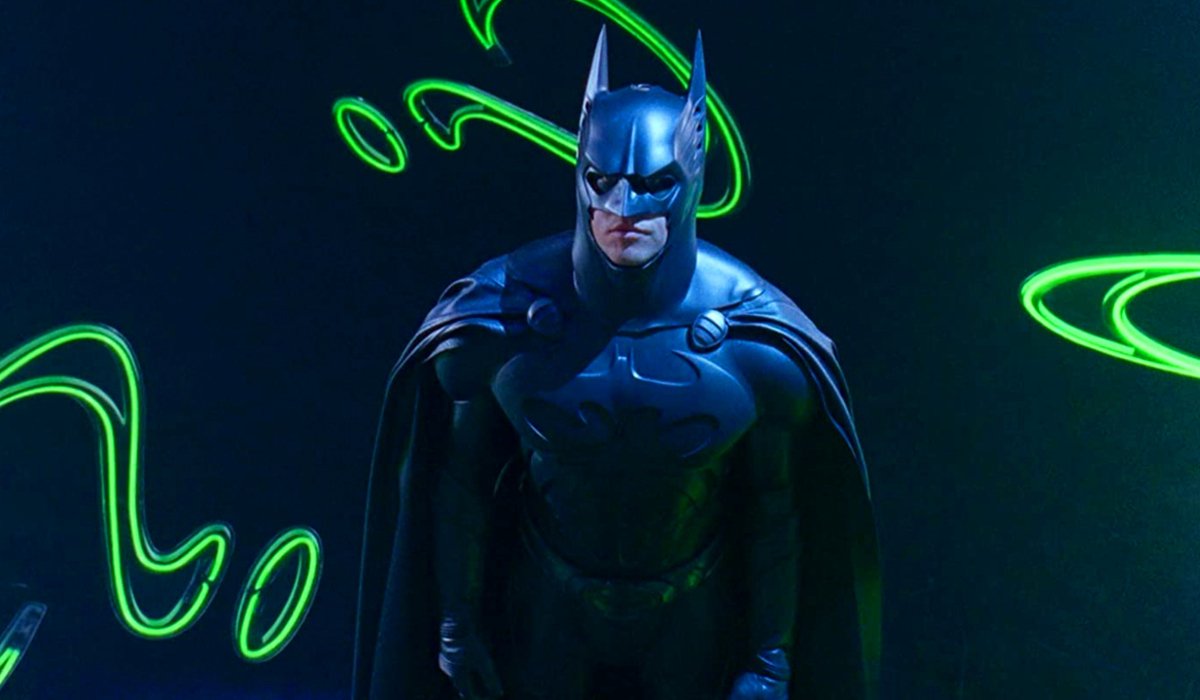
Batman Forever Played The “You Can Only Save One” Card First
One of the most memorable events in Batman history is when The Dark Knight saw Heath Ledger’s Joker forcing Christian Bale’s Batman to choose between an ally of justice or the woman he loves. It’s a pivotal moment in Christopher Nolan’s trilogy, and a segment we still talk about to this very day. It’s also something Batman Forever did way ahead of its grittier successor, and with a wildly different result.
CINEMABLEND NEWSLETTER
Your Daily Blend of Entertainment News
While The Dark Knight wrestled with the emotional ramifications of Bruce Wayne losing someone close to him, Batman Forever opted to use this situation to show our hero as someone who was smart enough to have his cake and eat it too. Using some clever thinking and Bat-Tools, Batman saves Dr. Chase Merdian AND Robin (Chris O’Donnell), with a result that allows for possibly one of the happiest endings in Batman movie history.
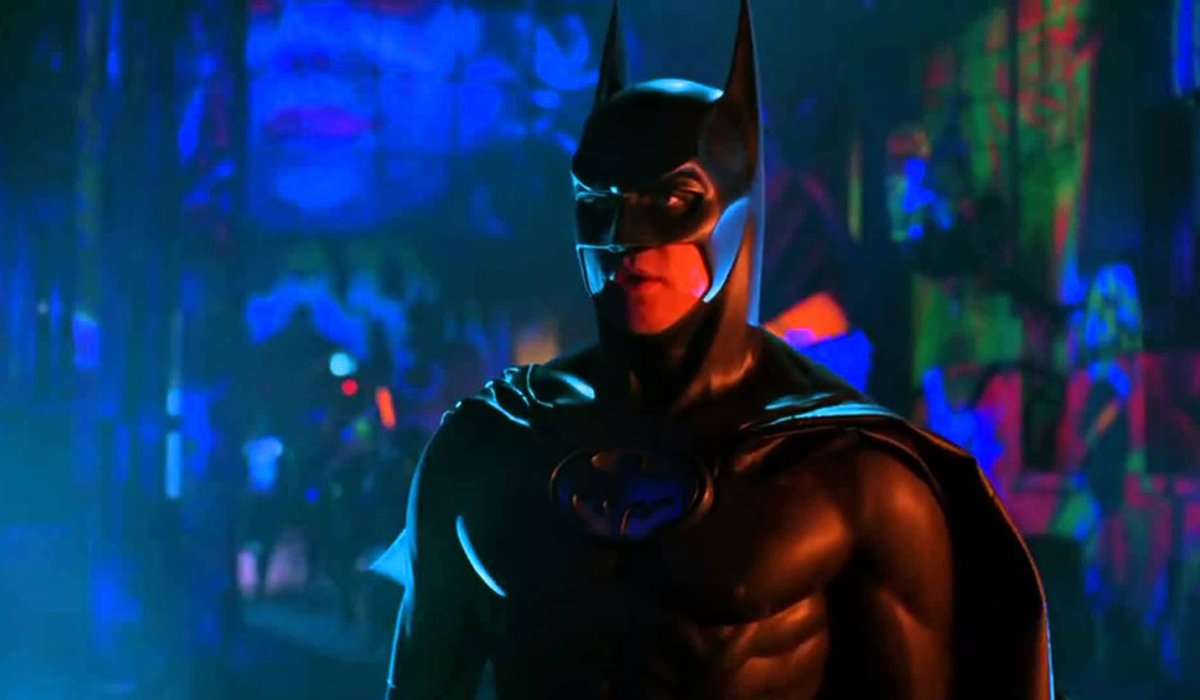
Batman Forever Proved A More Colorful Batman Could Still Work
Aiming for a mix of both Tim Burton’s cocktail of gothic romance and urban decay, and the colorful comic madness of the ‘60s TV series, Batman Forever did something that encapsulates pretty much everything we’ve talked about above. Joel Schumacher and his writers realized that Batman wasn’t always meant to be a dark and brooding hero, as there was still room for shenanigans and antics amid Bruce Wayne parsing out his childhood trauma.
As such, the film proved that the "bold and gritty" Batman was never going to be the end all, be all incarnation at the movies. Using a happier ending, a lot of colors and even a more bombastic musical score courtesy of composer Elliot Goldenthal, Batman Forever started to turn the series back towards a campier, but still deadly, edge. And at that particular moment, it worked like a charm.
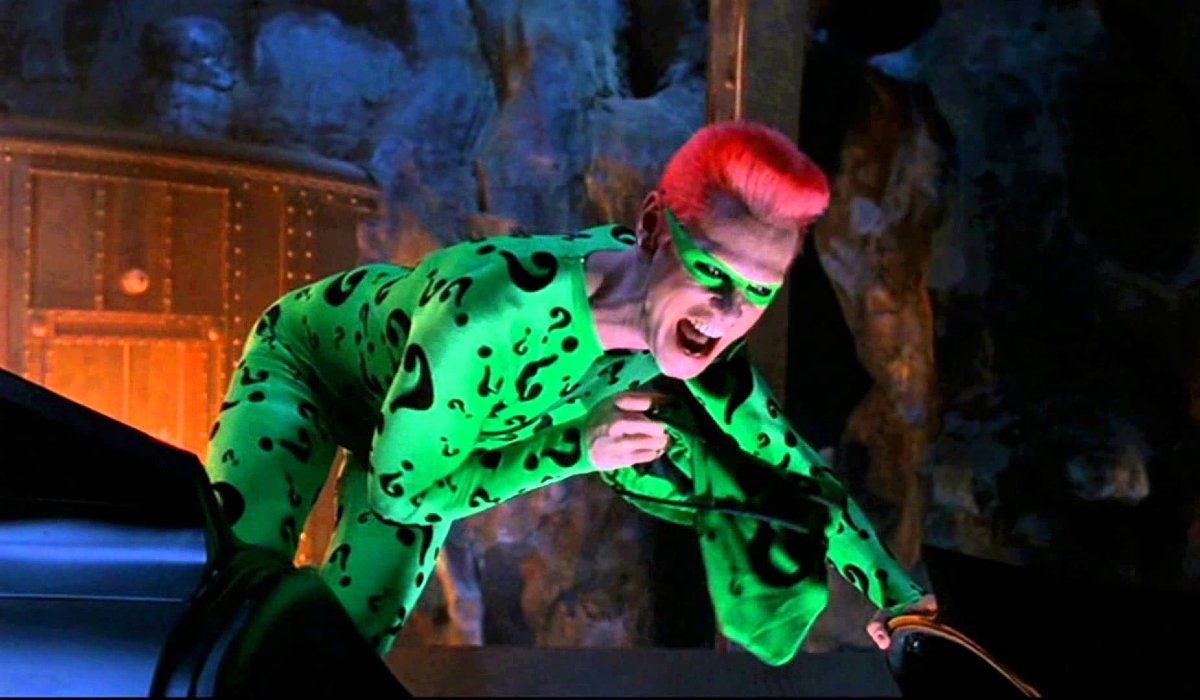
Joel Schumacher Saw The Potential In Jim Carrey’s Dark Side
We end this parade of forward thinking decisions that made Batman Forever a true film ahead of its time with a simple act of trust. In remembering his late collaborator, actor Jim Carrey noted that Joel Schumacher saw untapped potential within his talents before most others had even gotten the memo. Nowhere was that more clear with Carrey’s portrayal of Edward Nygma/The Riddler, under Schumacher’s steady directorial hand. Sure, Jim Carrey got to work out those comedian muscles in Batman Forever, with punchlines and physical comedy peppered into his routine as the legendary DC Comics baddie.
But on top of all of this, we got to see Jim Carrey get pretty dark and demented when Edward’s more power hungry motives started to wear on his jokey veneer. Even when he’s been defeated and starts to see the gigantic bat that terrorized Bruce Wayne in his younger nightmares, the fright shown by Jim Carrey is something that was heavier than any of his blockbuster gigs at the time. For reference, Batman Forever was released a year before the film that would mark a huge turning point in his career, 1996’s The Cable Guy.
Some like to talk about Batman Forever in similar tones as they would address the infinitely campier, and to a certain extent inferior, Batman and Robin. That is totally unfair, as Joel Schumacher’s first time out as a Batman director was a pretty interesting glimpse into the future of the still developing comic film universe. With some prescient insight on where technology, society and superheroes were going, the curve was left behind when Batman Forever was through; and we were all the better for it.
If you’re even slightly doubting of this viewpoint, you owe it to yourself to watch this 1995 classic yet again. You might be surprised how well it holds up, even if it isn’t the Schumacher Cut.

Mike Reyes is the Senior Movie Contributor at CinemaBlend, though that title’s more of a guideline really. Passionate about entertainment since grade school, the movies have always held a special place in his life, which explains his current occupation. Mike graduated from Drew University with a Bachelor’s Degree in Political Science, but swore off of running for public office a long time ago. Mike's expertise ranges from James Bond to everything Alita, making for a brilliantly eclectic resume. He fights for the user.
